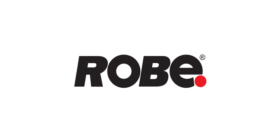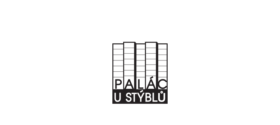About project
‘Henge’ refers to a Neolithic monument consisting of an oval space often containing one or more circles of upright stone or wooden pillars. Its meaning has not been yet fully explained; it was probably used for ritual purposes or celebrations of astronomic events such as Solstice or Equinox. Henge represents a symbol of paganism, Celtic and Slavic traditions and rituals, worshipping the Sun and Earth.
The authors of the installation perceive Henge as an intense light-sound study of space, the immersive environment leading through refuse to accept mundane principle followed by an ecstatic ceremony to enlightenment.
Sound of the installation was taken care of by Berlin musician of a New Zealand origin Oliver Peryman a.k.a. Fis, releasing his music with Samurai Horo or Tri Angle. Fis produces dense electronic compositions firmly aligned with the natural world, inspired by a relationship between an individual and the environment.
Experience the SIGNAL Festival in a different way
Thanks to the collaboration with Cisco we can show you the SIGNAL Festival in a different way. After downloading the SIGNAL Festival application, you will see the installations in Dup39, U Stýblů and in the Colloredo-Mansfeld Palace from all possible angles. In addition, in Klementinum you can open a stream from all three locations of the gallery zone.
SPONSOR OF THE INSTALLATION
We inspire and like to get inspired. Therefore, we have decided to become part of this year’s SIGNAL Festival in the centre of modern culture, in Prague. SIGNAL combines tradition with modern trends, creating a unique atmosphere. Such unrivalled, breath taking and often extravagant atmosphere is also completed by Robe lights at installations around the world. During the SIGNAL Festival, the combination of Robe and the installation of the Lunchmeat group in the U Stýblů Palace on the Wenceslas Square will bring a perfect interconnection of light projection with the house in the heart of Prague, built in 1928 and 1929 by architects Ludvík Kysela and Jan Jarolím in the constructivism style. The house was the creator of positive emotions just like the Robe installations are today.

